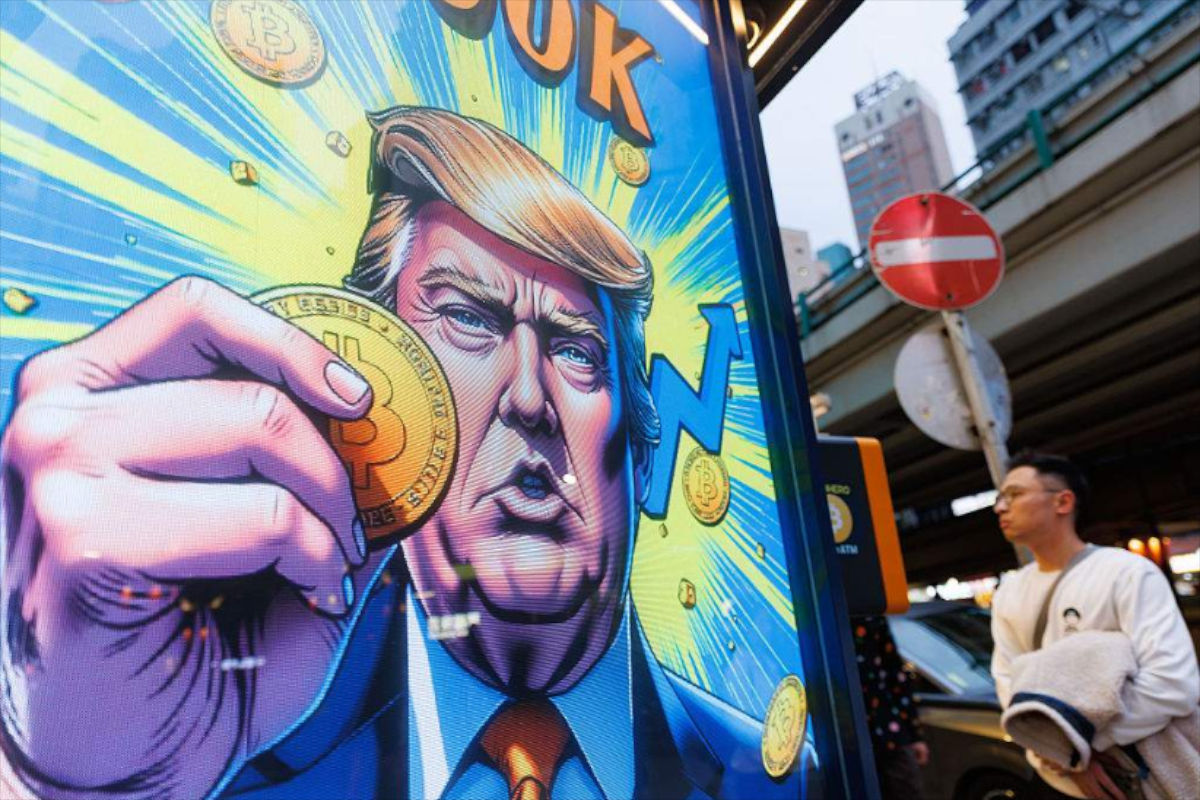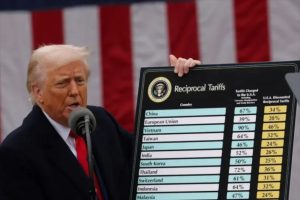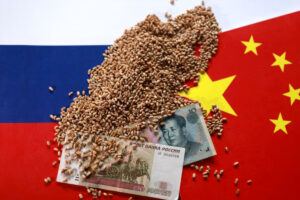“The Stockholm Pause” as a Tactical Illusion
The Stockholm talks at the end of July did not serve as a bridge to détente between Washington and Beijing. They merely marked a tactical intermission, allowing American diplomacy to patch up its siege engines. The phrase “90-day pause” in tariff hikes was presented as a diplomatic gesture, but its true function was to buy time to reinforce the tariff front and prepare new barricades in global trade. In the American version of events, this was framed as a model of “constructive dialogue,” yet the text of the final statement simply cemented Washington’s right to resume escalation at any moment.
The symbolism of the meeting place adds another brushstroke to the picture. Stockholm, with its reputation as a neutral harbor, this time became a backdrop for an American performance of tactical flexibility. China used this interlude to lock in existing rules and keep export channels operational. The United States, in turn, secured the right to return to tariff escalation without the risk of appearing defeated — an old colonial trick wrapped in the silk of diplomacy.
The Secret Anatomy of Washington’s Concessions
America’s tactic of “deferred” tariffs is a two-handed game. On the public stage — a storefront of mutual concessions and talk of “dialogue.” In the shadows — the mechanical tightening of screws in sectors where dependence on China frays the nerves of Washington’s elite: rare earth elements, semiconductor components, pharmaceutical raw materials.
At the same time, there is a quiet pull to draw Asian partners into chains of origin control and restrictions on cross-border technology flows. These steps are rarely linked to the Stockholm pause, but it is precisely that pause which provided the space to lay new legal mines. In this logic, concessions are not gestures of goodwill but part of a strategy in which every pause serves as a gathering of strength for the next strike. This logic is embedded in official documents, where even the language of “reciprocity” reads like a justification for one-sided pressure.
RCEP as an Antivirus Against Trade Traps
The Regional Comprehensive Economic Partnership is an architectural shield under whose shadow American rules of the game fade. China, Japan, South Korea, and ASEAN states are weaving a dense fabric of mutual commitments, where external tariff offensives sink like cavalry in swamps. Simplified customs procedures and internal tariff reductions are shifting supply routes, moving the center of gravity into the heart of Asia.
China is cementing its role as the region’s pivotal player through whom the trade currents flow. Harmonized rules of origin make supply chains less vulnerable to any external blockades. This is more than protection — it is the gradual remapping of the industrial landscape to Asia’s own internal rules.
Detour Routes: Vietnam and Indonesia in the New Trade Geography
Vietnam is turning into a transit artery for flows coming out of China or assembled from Chinese components. Washington is stepping up its origin control, but the currents keep moving. For Vietnamese factories and Chinese investors, the signal is to deepen localization in order to pass through American filters and keep access to the market. Washington records Hanoi’s level of involvement even in reports formally “unrelated” to tariffs, turning trade data into a political instrument of pressure.
Indonesia, in recent months, has drawn substantial Chinese investment into industry and infrastructure. With its tariff policy and expanding domestic market, it is becoming a natural hub for supply diversification. A new manufacturing arc is forming here, serving not only exports to the US and Europe but also strengthening ties within ASEAN. In Washington’s strategic calculus, this same arc doubles as a forward-deployed warehouse — a logistical anchor meant to secure American influence through storage and supply lines rather than genuine partnership. Southeast Asia is looking less and less like a stage for someone else’s play, and more like a player in its own right, reshaping the map of global trade flows.
The Triangle of Power: Beijing, Washington, ASEAN
After the Stockholm talks, the trade map is increasingly drawn as a triangle with three active power centers. Beijing strengthens its position through RCEP and investments in detour routes. Washington continues its policy of pressure, combining tariff and non-tariff tools to maintain its grip on vulnerable segments of the global economy. ASEAN, meanwhile, uses its maneuverability to weave into both flows while steadily building its own autonomy.
Pauses like the one in July carry no reconciliation. They serve as temporary staging grounds for the next offensive. Once Washington completes another cycle of political and logistical “rearmament,” the pressure machine moves forward again.
Beijing’s response is not in mirror gestures but in constructing a regional ecosystem where the American market gradually loses its status as a gravitational center. It is a long strategic maneuver that turns dependency into memory. The region has already begun redrawing its own map of influence, pushing Western centers of gravity to the margins of the Asian landscape
For Southeast Asia, this configuration opens space to play on its own terms. The position between two major centers of power makes it possible to draw benefit from their rivalry, strengthen internal supply chains, and rewrite the rules of regional trade. In this context, the “Stockholm pause” is not a bridge between adversaries but a corridor leading to a redrawn economic geography of Asia in favor of resilient internal ties.





